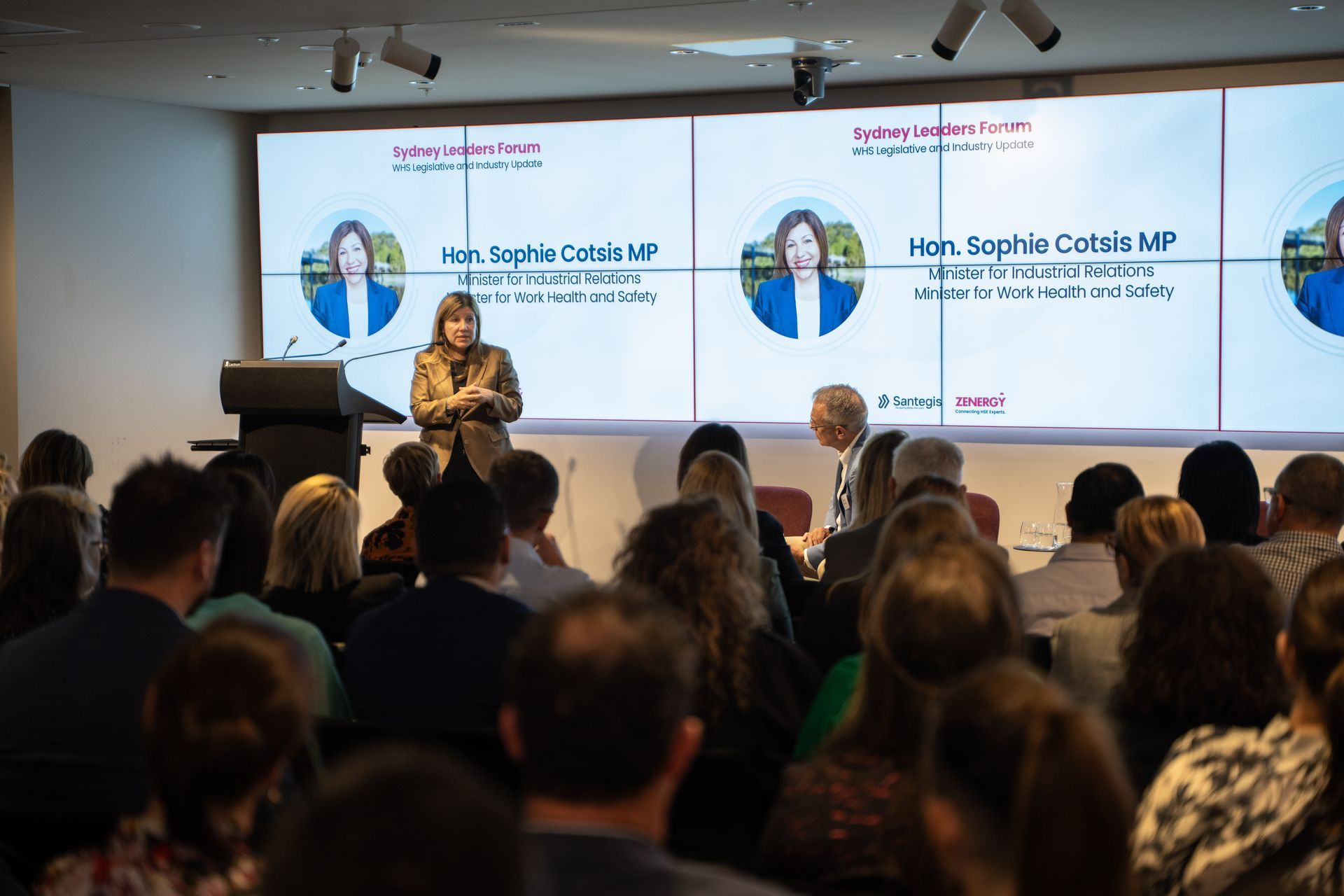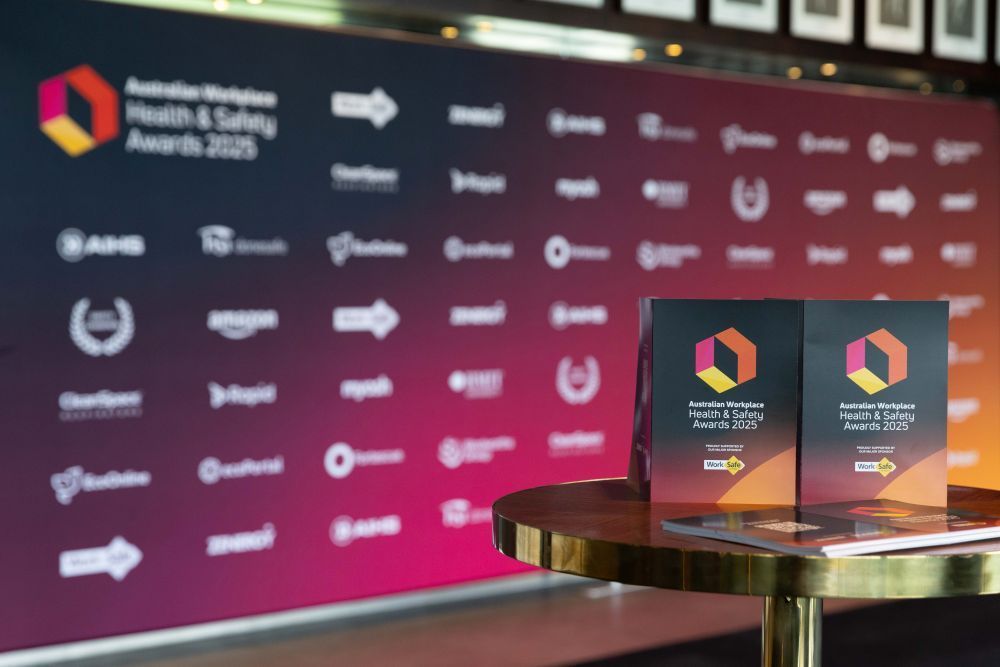Early Intervention from Buzz Word to Action
Injuries in the Australian workplace cost industry in excess of $60 billion a year or around 5% of Gross Domestic Product. Early Intervention is a buzz word used regularly in the industry to describe both frustration at claims duration and any and all programs to reduce claim costs, at significant cost to employers there is increasing urgency to find a solution to the issue of injury notification and early response disconnection.
Consider the professional athlete who injures themselves on the field of play, there is no lag between notification and treatment, teams are not waiting a few weeks or months to ascertain that an injury has occurred and then commencing intervention. The notification is instantaneous and the intervention is within days, the results usually speak for themselves.
Often times Managers and other untrained and inexperienced staff are called upon to manage an injury at the outset and while best efforts are always made, it is all too common that their efforts fall short and injured staff can be left frustrated and claims costs can blow out.
The norm has become an email or a phone call to supervisors or managers days after the fact and it is has become common that the first an insurer or an employer hear about the injury is an unfit certificate.
Once a worker is unfit often early intervention is too late to be of any real affect and the statistics certainly prove that, if an injured worker is unfit for:
· 20 days, there is a 70 percent chance of a return to work
· 45 days, there is a 50 percent chance of returning to work
· 70 days, there is a 35 percent chance of returning to work
What then is the solution? How do industries make inroads in to the $60 billion cost?
1. Industry forums and research indicate that a program and process designed to set a clear expectation of injured workers and employers around roles and responsibilities,
2. Prompt and efficient consultation service designed specifically for early intervention with medical experts trained in workers compensation legislation and most importantly
3. A seamless integration of incident and injury notification combined with early intervention
Once this is achieved costs will come down, productivity will go up and most importantly injured workers will get the assistance and support they need to make a safe and durable return to work.






